The arts include performing and visual arts organizations, historic preservation, libraries, museums, and public broadcasting. The national advocacy organization, Americans for the Arts, reports that the arts are a small but essential element of the economy. Giving to arts, however, represents only 5 percent of total philanthropic giving, with donations averaging around 43 percent of revenue for all arts nonprofits nationally.
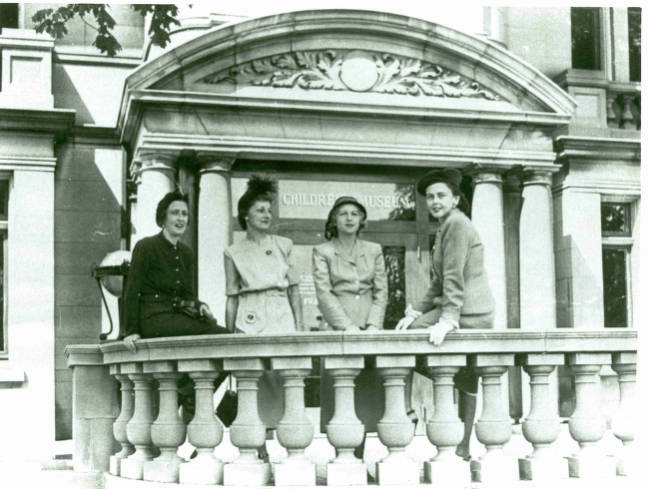
Philanthropy has played a major role in supporting the arts and cultural life in Indianapolis. Individuals, corporations, and foundations and trusts have sustained artists and arts organizations since before the turn of the twentieth century. Several vital and enduring arts and culture organizations began with the vision of individuals: helped found the Arts Association in 1883, ; John Herron left a bequest for an art gallery and art school (1895); founded in 1925; William Kaeser founded the Art League, 2020’s (1934); and proposed the zoo, today’s (1946). A group of 7,000 volunteers known as “Ardath’s Army” rallied to the call of , put , Indianapolis’ public television station, on the air.
These organizations also have companion guilds to stage special events and raise funds, including the Children’s Museum Guild (1933), the Symphony Women’s Committee (1937), the Alliance of the IMA (1958), and the Indianapolis Zoological Guild (1964). The founded in 1966, supports the arts through its annual festival.
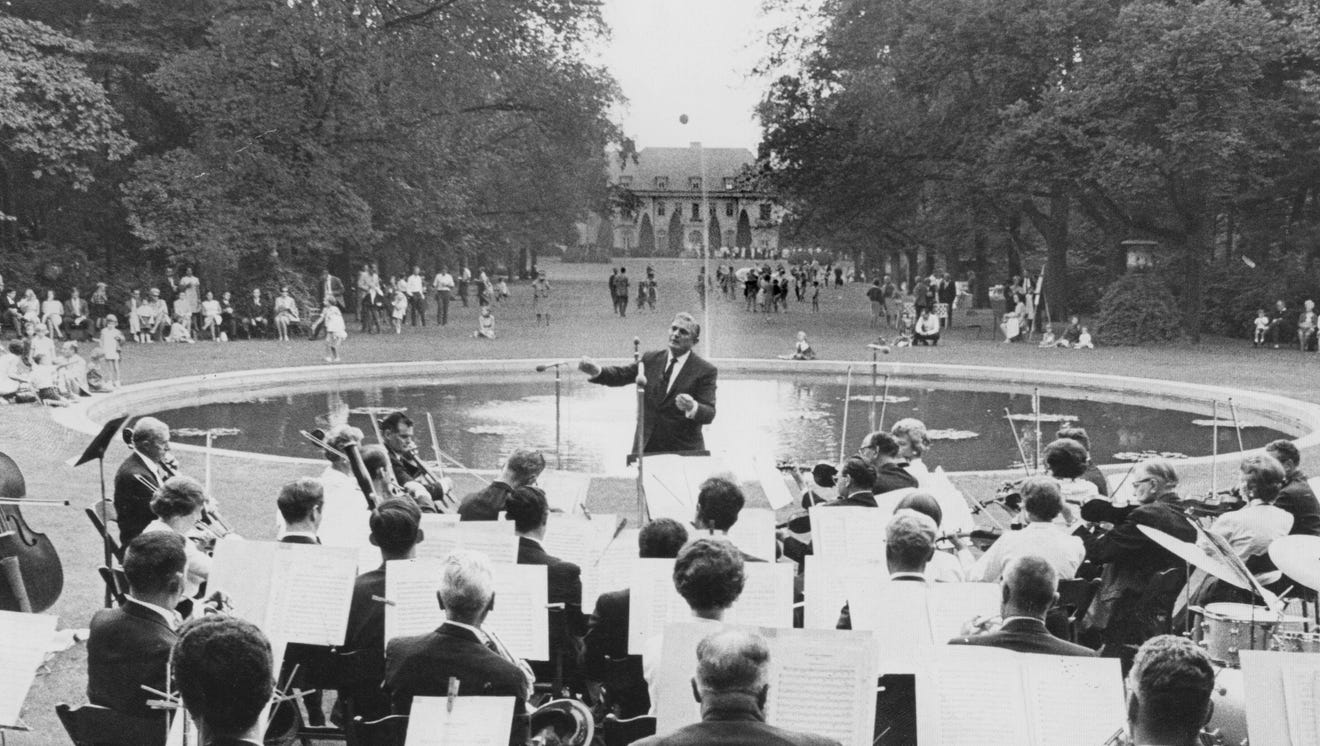
Individuals have donated their art collections to form the core of Newfields and the Eijeljorg museums. Local families include Clowes, Eiteljorg, Elder, Fairbanks, Fesler, Glick, Pantzer, Holliday, Lilly, and Herzman. Dr. George and Edith Clowes and their son created foundations that continue to fund the arts in the city. endowed the at the and established the , which supported arts and culture organizations. It ceased operations at the end of 2023. Frank and Katrina Basile have made numerous gifts for theaters and public spaces throughout the city. Since its founding, has consistently supported the arts, including its 2018 “Strengthening Indianapolis Through Arts and Cultural Innovation” initiative to encourage community building and celebrate creativity.
The (1960-1987) contributed to the arts in several ways, including the performing arts. The Trust advocated developing “Centers of Excellence” and funded renovations of the (1980) and the (1982) for the . Volunteers founded Cathedral Arts in 1968, which raised funds to support the careers of young artists and arts programming and then established the (IVCI) in 1982. Held every four years, IVCI has become one of the most prestigious violin competitions in the world. The organization also sponsors an annual concert series featuring past winners and works with youth through educational activities. Cathedral Arts has done business officially as the International Violin Competition of Indianapolis since the mid-2010s.
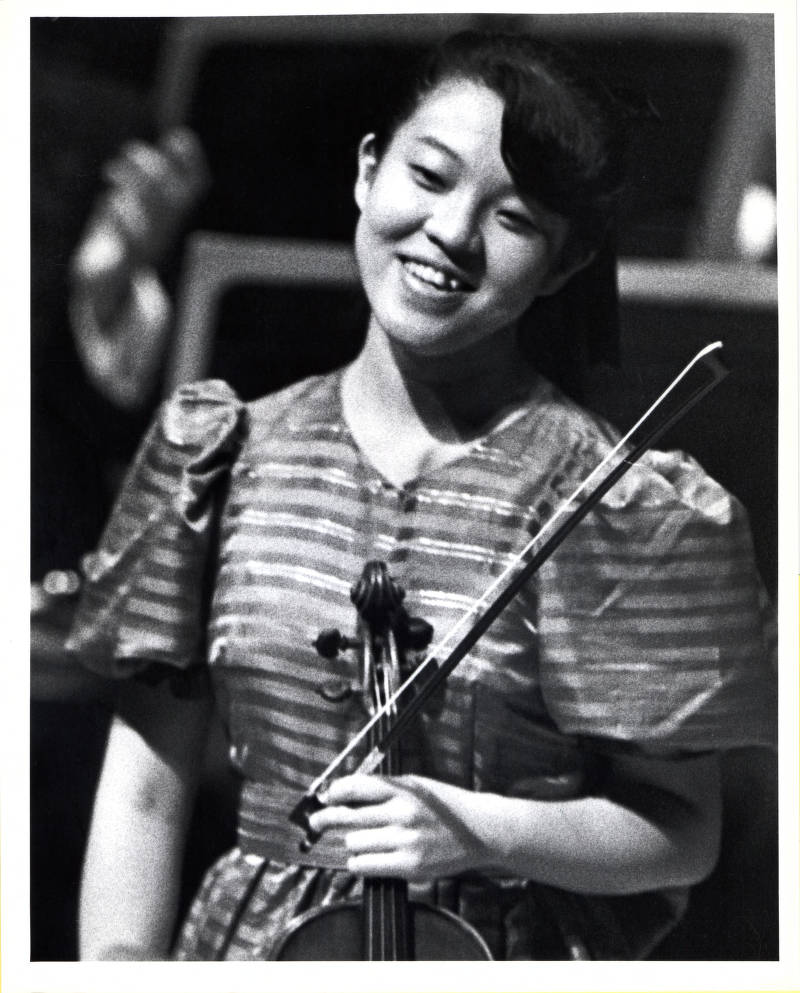
Federal support of the arts began with the National Endowment for the Arts and National Endowment for the Humanities during the 1960s. Over the last 35 years, funding of individual artists and arts organizations has shifted largely from federal support to state and local support. During the 1980s and 1990s, however, direct federal spending on arts has declined by almost one-third and federal support to non-profit arts organizations has declined by almost half.
Established in 1987, the is the city’s arts advocacy and infrastructure organization, functioning as a chamber of commerce for arts and culture. The Arts Council supports individual artists, operates the , curates public arts, maintains a centralized arts calendar, and juries block grants from the City of Indianapolis parks department, the (CIB).
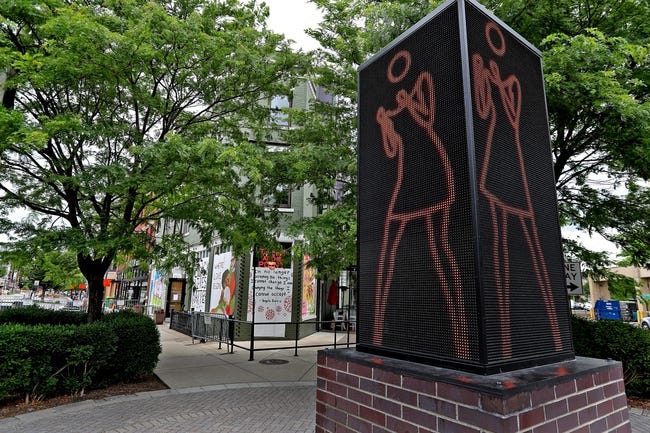
One of the most conspicuous Arts Council initiatives is public art, an omnibus term covering a variety of forms and artistic activities. Art that is publicly accessible dates back to the City Beautiful movement in the form of architecture, sculpture, landscape design, monuments, fountains, and plazas. Since the phrase was coined in the 1960s, “public art” connotes works commissioned specifically for accessible public sites. In some cities, public art is funded by percent-for-art programs, in which a small percentage of construction budgets must be applied to the purchase of artwork. In Indianapolis, a different pattern emerged as philanthropy supports public art through donations to the Arts Council.
The city’s public art received national attention during the , and the notable “Ann Dancing” remains on Massachusetts Avenue. The Arts Council in 2019 curated and installed 35 new public artworks by 28 artists. Through the Cultural Corridor Consortium Indianapolis program (3CIndy), the Arts Council partnered with Transit Drives Indy to infuse art into new Red Line Rapid Transit. The : A Legacy of Gene & Marilyn Glick is an 8-mile world-class urban bike and pedestrian path in downtown Indianapolis. Indianapolis Cultural Trail Inc. manages the public spaces to promote the city’s cultural assets. and as of 2004 the State of Indiana Arts Commission. The Arts Council today supports 65 arts organizations and over 2,000 individual artists.
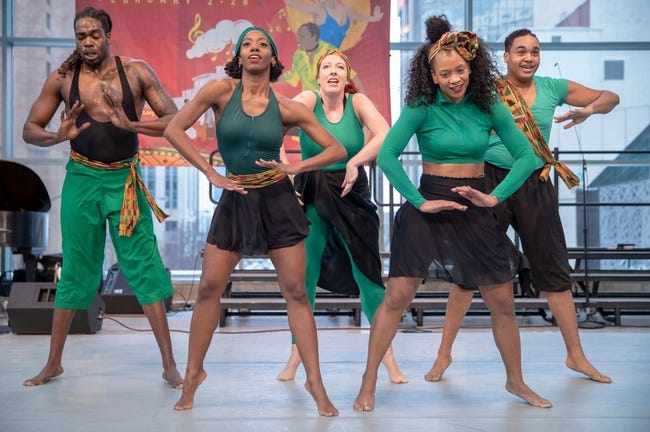
By the 21st century, another shift was underway, this time toward arts as an economic development strategy. Mayor championed an initiative to increase “cultural tourism” to attract and extend the stay of visitors through the marketing and development of arts and culture. Residents became the lynchpin to the strategy, as the more residents are engaged in the city’s cultural offerings, the more they will be ambassadors for increased cultural tourism, which remains part of the city’s economic development efforts.

Help improve this entry
Contribute information, offer corrections, suggest images.
You can also recommend new entries related to this topic.

